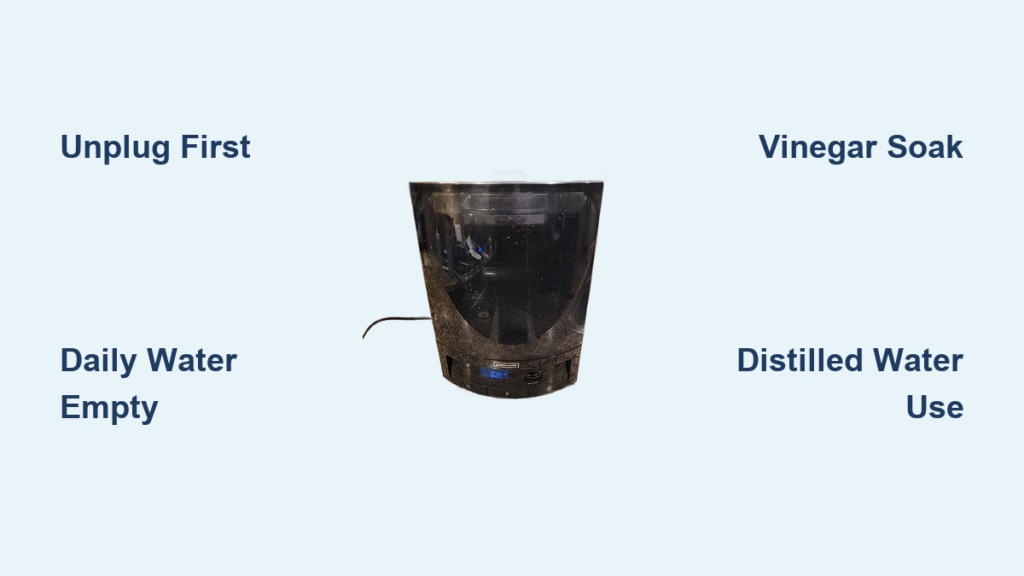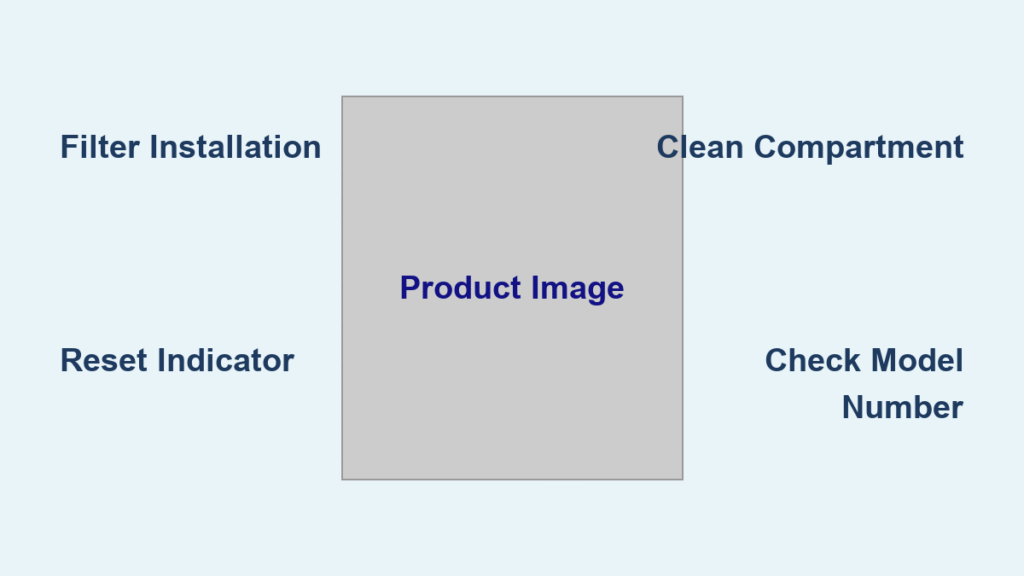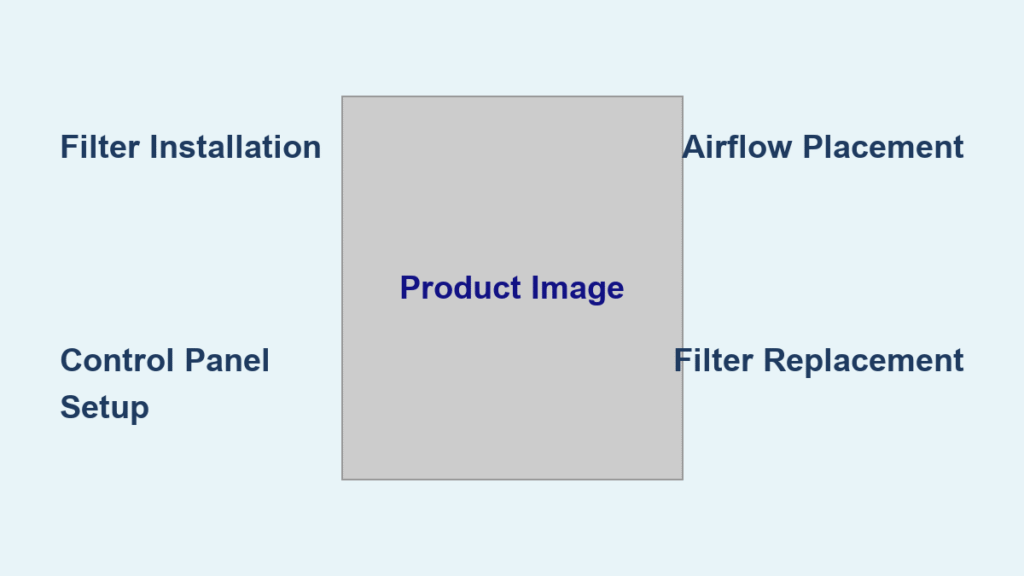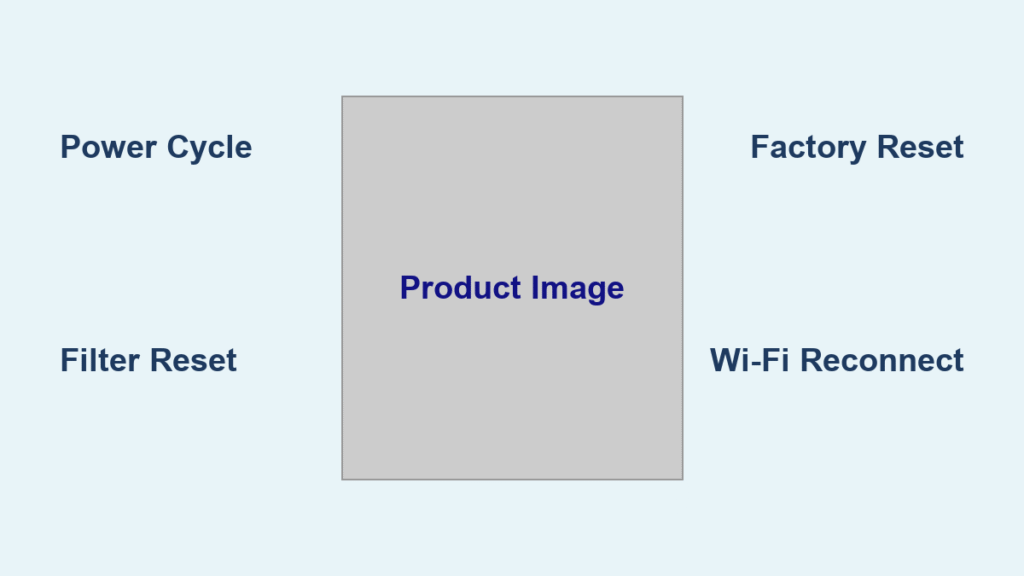Your Bionaire BUL7921 UM cool-mist humidifier silently battles dry air in medium to large rooms, but neglect turns it into a health hazard. Within 48 hours, stagnant water breeds dangerous bacteria and mold that circulate through your home as invisible vapor. If you’ve spotted white powder on furniture or detected musty smells during operation, your unit needs immediate attention—these are classic signs of mineral buildup and microbial growth. This guide delivers the exact cleaning protocol for your BUL7921 model, transforming it from a potential health risk into a reliable air quality ally. You’ll discover daily maintenance tricks that take less than two minutes, targeted solutions for stubborn hard water deposits, and the precise schedule that prevents 90% of common problems before they start.
Unplug and Disassemble: Critical First Steps for Safe Cleaning

Never touch cleaning supplies while your Bionaire humidifier remains plugged in—electrical shock risks are real with water exposure. Start by powering down completely and unplugging from the wall outlet. This isn’t just caution; moisture trapped in electrical components can cause short circuits even when “off.”
Place a clean towel beside your sink before removing components. The BUL7921 breaks down into five key sections requiring attention: water tank, base unit, mist nozzle, internal channels, and filter elements (if your model includes them). Lay parts in assembly order to avoid confusion later—this prevents misaligned seals that cause leaks. Never submerge the base unit; only removable components go in water. Check the power cord for fraying now—damaged cords require professional replacement before reuse.
Daily Water Tank Maintenance That Prevents Bacteria
Why Emptying Daily Stops Health Hazards Before They Start
Stagnant water becomes a bacterial breeding ground in under 48 hours, turning your humidifier into an airborne germ dispenser. Each morning, pour out remaining water completely—even if the tank looks clean. Microscopic colonies thrive in clear water you can’t see. Skip this step, and you’re circulating pathogens like Klebsiella directly into your breathing space.
Two-Minute Tank Wipe-Down Technique for Mineral Prevention
After emptying, wipe all accessible surfaces with a microfiber cloth dampened with cool water. Focus on the tank’s bottom corners where minerals concentrate and the fill neck where water sits longest. This simple friction removes early-stage deposits before they harden into crusty rings. Refill immediately with fresh water—never let the tank sit empty for hours, as dried minerals become exponentially harder to remove later. This daily ritual takes less time than brewing coffee but prevents 70% of deep-cleaning headaches.
Weekly Deep Cleaning: Tank, Base, and Nozzle Protocol
Vinegar vs. Bleach: Choosing Your Tank Disinfectant
For mineral removal, fill your sink with one gallon warm water and one teaspoon bleach OR use undiluted white vinegar for natural cleaning. Submerge the tank completely for 20-30 minutes—vinegar dissolves calcium while bleach kills pink slime bacteria causing odors. After soaking, scrub interior seams with a soft-bristled bottle brush (never metal scourers that scratch plastic). Rinse five times or until no vinegar/bleach scent remains; residual chemicals vaporize into your air. Vinegar works for most users, but switch to bleach if you detect persistent musty smells.
Base Unit Cleaning Without Damaging the Ultrasonic Membrane
Drain all water from the base reservoir first—this hidden pool breeds the worst mold. Dip cotton swabs in white vinegar to scrub narrow water channels feeding the mist generator; mineral blockages here directly reduce output. For the ultrasonic membrane (a small silver disc), use only a vinegar-soaked soft brush with feather-light pressure. Pressing too hard cracks this delicate component, requiring costly replacement. Wipe the base exterior with a damp cloth, then leave all parts disassembled on a towel for 2 hours minimum—trapped moisture under seals causes rapid recontamination.
Clearing Clogged Mist Nozzle Openings in 20 Minutes
Unscrew the nozzle from the top housing and soak in white vinegar for 15 minutes. Mineral crystals narrow the output holes, creating uneven mist patterns or complete blockage. After soaking, insert a toothpick through each hole to dislodge deposits—never use pins that widen holes and alter mist dispersion. Rinse under running water while blowing through the nozzle to verify clear airflow. Dry completely before reattaching; moisture here causes immediate re-clogging during operation.
Troubleshooting White Dust from Bionaire Humidifier
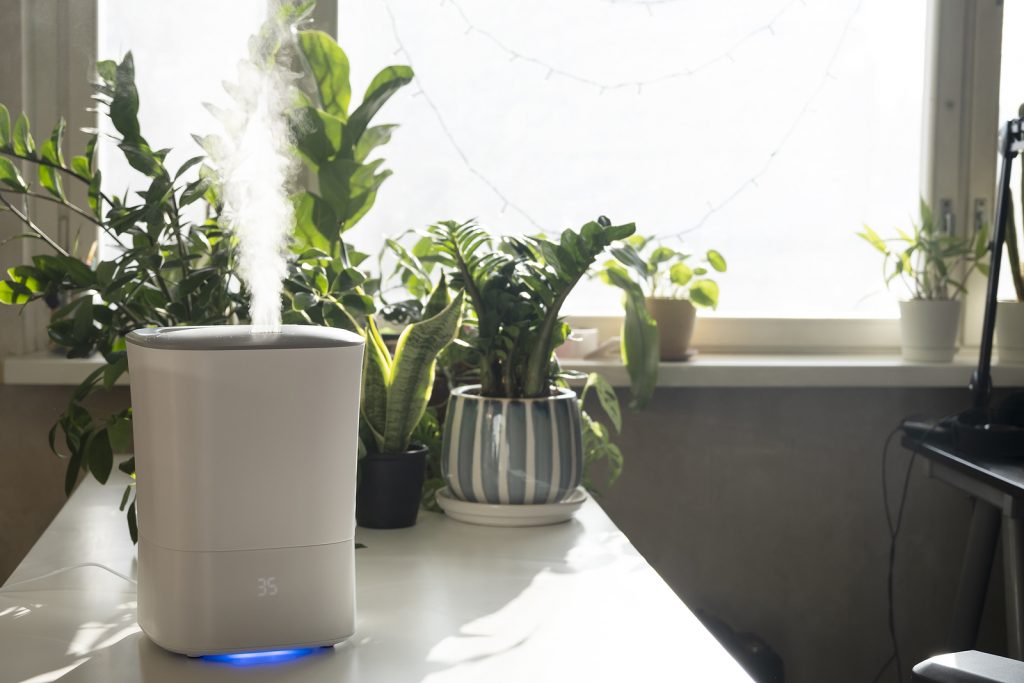
Why Distilled Water Stops White Powder on Furniture
That chalky residue coating your surfaces? It’s vaporized minerals from hard tap water. Switch immediately to distilled or demineralized water—the only guaranteed solution. Filtered tap water still contains enough minerals to create dust. For existing deposits, wipe surfaces with vinegar-water solution (1:1 ratio) to dissolve the film. If white dust persists after water changes, inspect your tank for chalky rings; these indicate insufficient cleaning frequency—move from weekly to bi-weekly deep cleans until resolved.
Eliminating Musty Odors in Your Cool-Mist Humidifier
Bleach Soak vs. Vinegar for Killing Mold and Bacteria
Musty smells mean active microbial growth. Skip vinegar—use the bleach solution (1 tsp per gallon) for tank and base soaking. Bleach penetrates biofilm that vinegar can’t. After cleaning, run the unit with plain water for 30 minutes in a ventilated area to purge residual odors. If smells return within days, replace filters immediately—they’re saturated with contaminants. Never operate a smelly humidifier; mold spores trigger respiratory issues within hours of exposure.
Restoring Weak Mist Output on BUL7921
Unclogging Water Channels Without Special Tools
Low mist often stems from blocked channels, not faulty parts. First, confirm adequate water level—this solves 40% of “malfunctions.” Next, disassemble completely and flush channels with white vinegar using an eyedropper. Let sit 10 minutes, then blow air through openings to clear loosened debris. For stubborn clogs, soak a pipe cleaner in vinegar and gently rotate it through channels. Never force objects—this damages internal seals. After cleaning, mist output should return within 5 minutes of operation.
Optimal Water and Placement for Peak Performance
Why Room-Temperature Water Extends Your Humidifier’s Life
Cold tap water shocks internal components, accelerating wear on seals and sensors. Always use room-temperature water—it prevents thermal stress cracks in plastic reservoirs. Fill between minimum and maximum lines; overfilling causes spills that damage electronics, while underfilling strains the pump. Change water daily even if unused—the 24-hour stagnation window applies regardless of runtime. In hard water areas, distilled water reduces cleaning frequency by 60% and doubles component lifespan.
Preparing Your Bionaire Humidifier for Storage
Before storing seasonally, complete a full deep clean followed by 48 hours of air drying—any residual moisture breeds mold in storage. Disassemble all parts and store separately in a breathable cotton bag (never plastic, which traps humidity). Place silica gel packets near components to absorb ambient moisture. Store upright in a climate-controlled space; basements and attics expose units to humidity swings that degrade seals. Check stored units monthly for musty smells indicating hidden moisture.
Regular cleaning transforms your Bionaire BUL7921 from a hidden health threat into an essential wellness tool. By dedicating just 15 minutes weekly to these targeted steps, you prevent white dust, eliminate odors, and ensure clean mist that actually improves your air quality. Start today with the daily water change—you’ll notice fresher air within 48 hours, and your humidifier will deliver reliable performance for years. Remember: when it comes to humidifier maintenance, two minutes of prevention beats hours of troubleshooting later. Your lungs (and furniture) will thank you for the crystal-clear mist.

